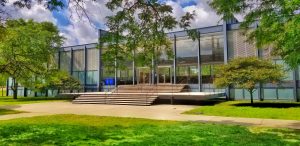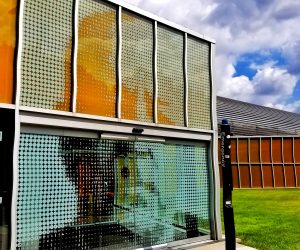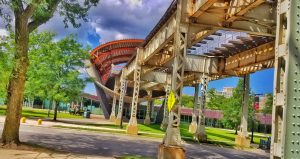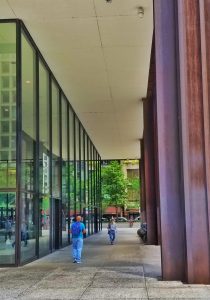Here is a question for all of those that love historic trailblazing amazing architectural creations. Do we love our historic buildings enough to allow them to evolve into Net-Zero buildings?

This summer I had the opportunity to join NEED (an amazing organization helping teach our energy future) to give presentations at a Summer Camp for girls in STEM. My presentation focused on taking existing buildings on a college campus, in this case the Illinois Institute of Technology, to net-zero buildings. These young leaders are going to change the future with their passion, knowledge, drive, and focus on doing what is right.



Many of these buildings are historic structures designed by architects that were changing the way design happens. Many of these buildings are significant in their form, shape, and function. Many of these buildings are not energy-efficient and cannot stay in their current form if they are to be converted to net-zero.



As an architect I am honored that my clients pay builders to construct creations that come from my imagination, knowledge, skill, training, and their dreams. I have never designed a building that was “just for me.” I am not sure I will ever get that opportunity. There are world famous architects that do get that opportunity. Often these buildings that are studied in architectural schools across the world were not designed with comfort, efficiency, or even durability in mind.



So as new generations use these spaces, as our values change, as we adapt to the realities we face today – should these buildings remain pure in form or adapt. Should you add solar panels to the roof of a historic iconic work of architecture? Should you add window film and insulation to increase energy performance to a glass icon of architectural magnificence? Should we change what was done in the past if we have new information, knowledge, and goals?



As an architect I hope that some if not all of my designs are timeless. That would require adaptation as needs, goals, and values change. I am not sure I have an answer about the importance of changing these historic structures. I think their original creators may want them to be timeless as well.





